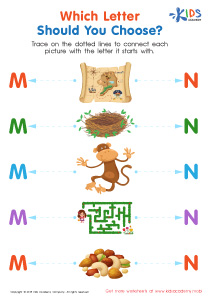Alphabet Recognition Normal Lowercase/Small Letters Worksheets for Ages 4-9
9 filtered results
-
From - To
Enhance your child's alphabet recognition skills with our engaging worksheets designed for ages 4-9. Our "Alphabet Recognition Normal Lowercase/Small Letters Worksheets" focus on helping young learners identify and distinguish between lowercase letters through fun and interactive activities. These worksheets offer a variety of exercises, including tracing, matching, and letter games, tailored to keep your child motivated and excited about learning. Ideal for home or classroom use, they provide a solid foundation in literacy while fostering a love for reading and writing. Explore the joy of learning with Kids Academy's thoughtfully crafted worksheets, and watch your child's confidence soar as they master lowercase letters!
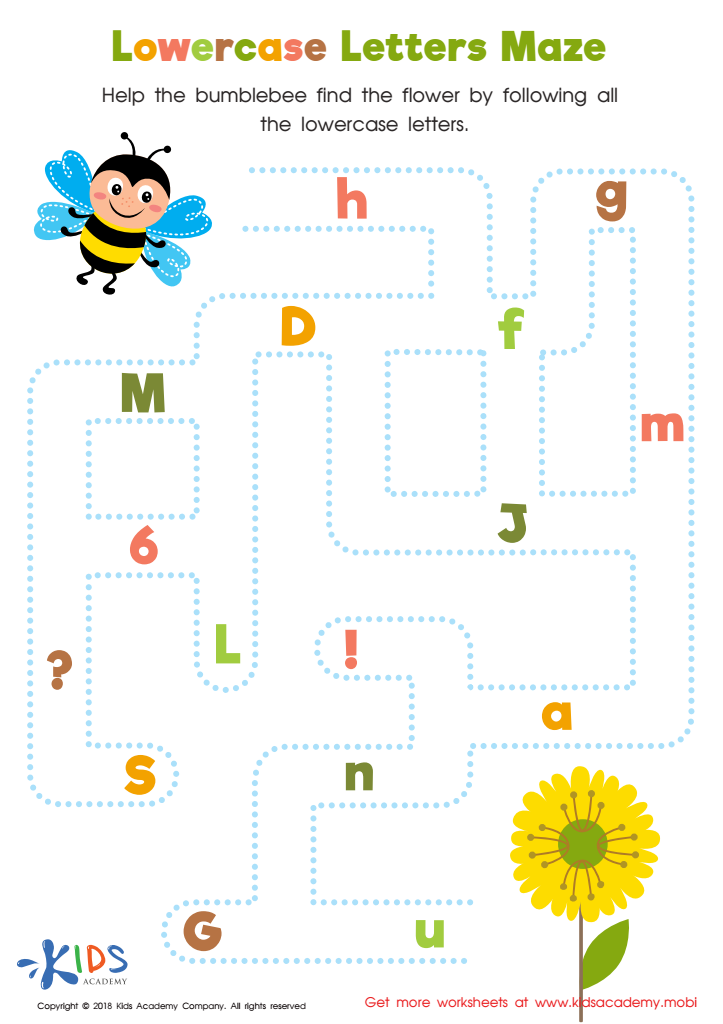

Lowercase Letters Maze Worksheet
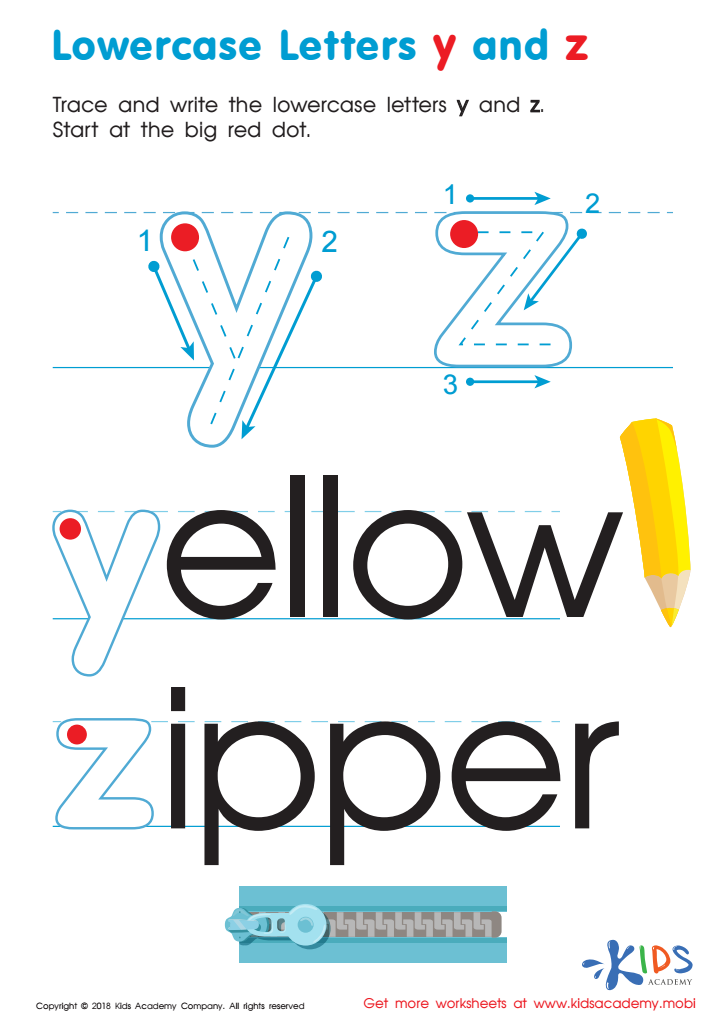

Lowercase Letters y z Worksheet
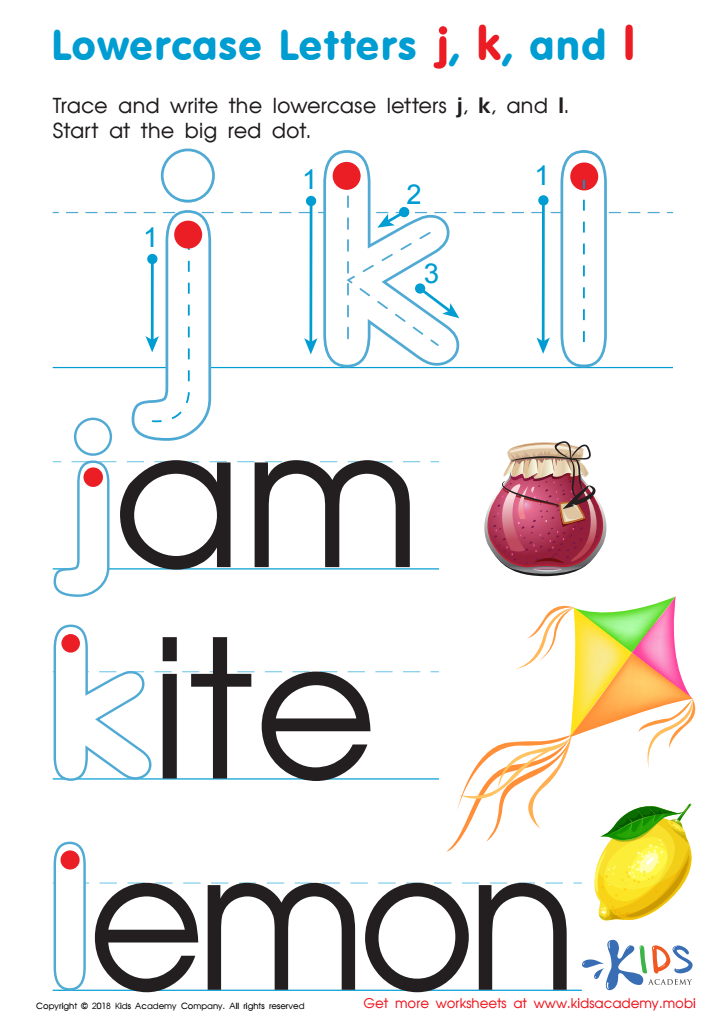

Lowercase Letters j k l Worksheet
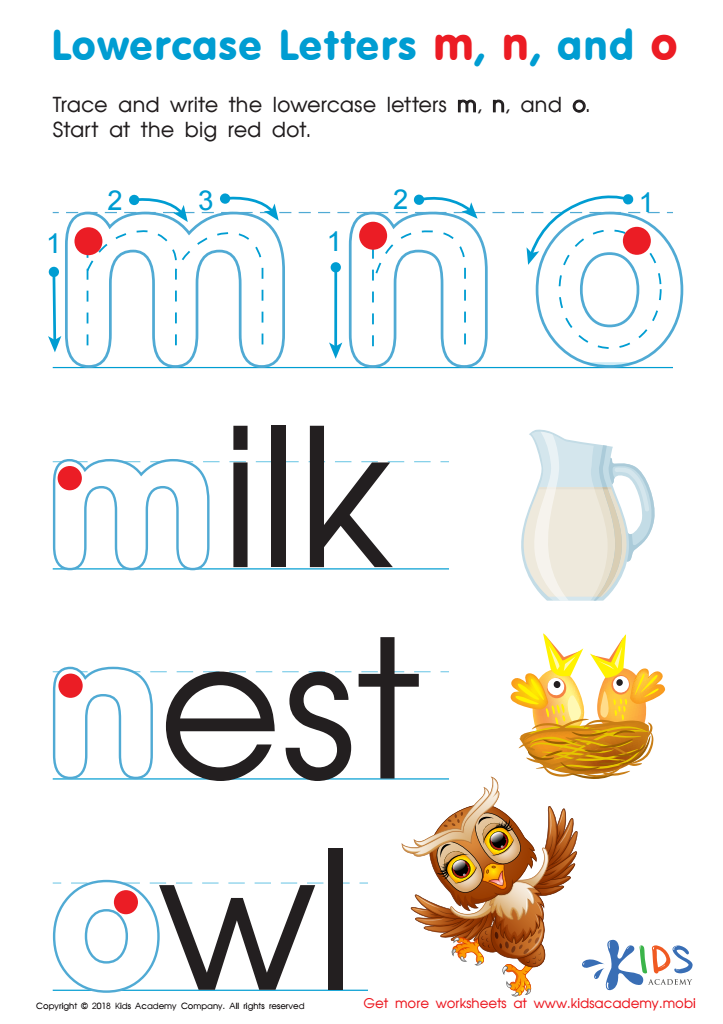

Lowercase Letters m n o Worksheet
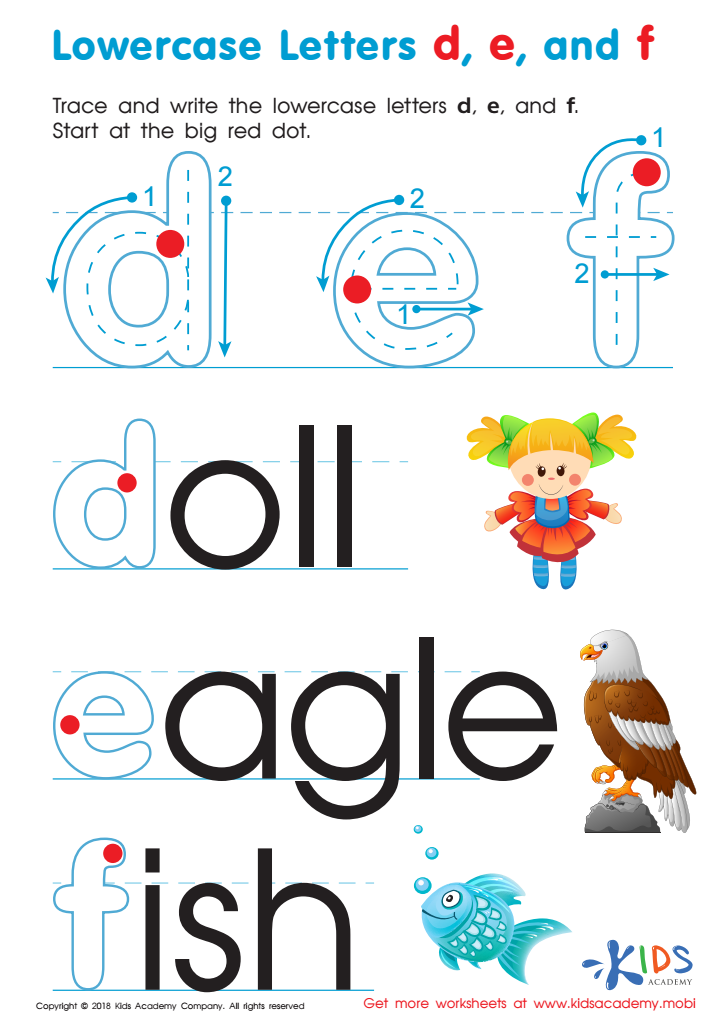

Lowercase Letters d e f Worksheet
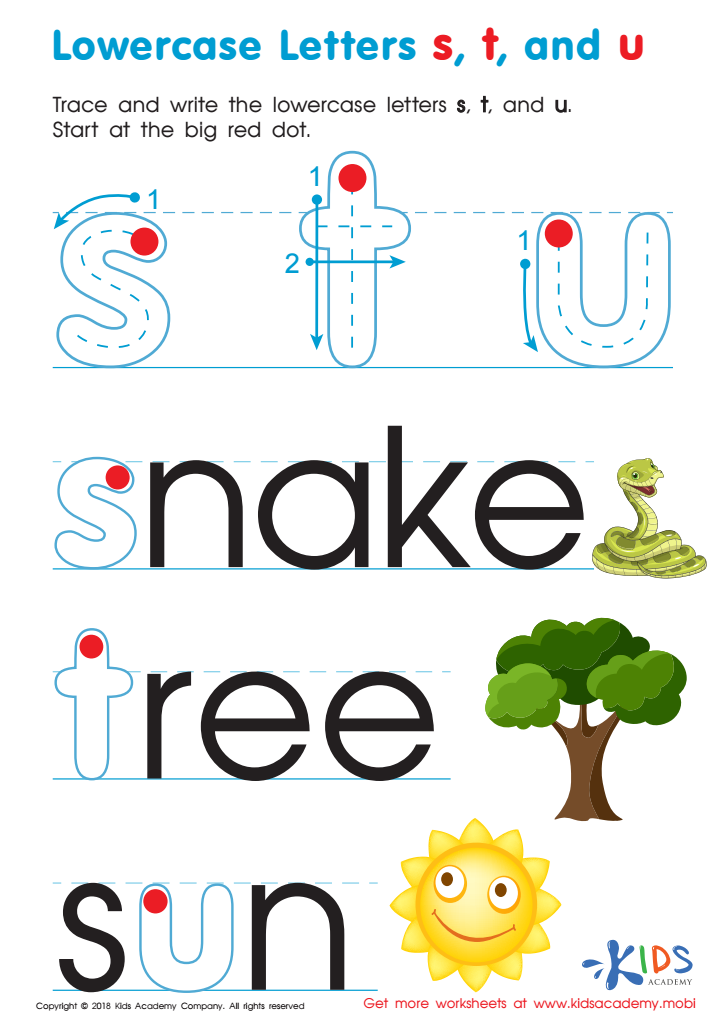

Lowercase Letters s t u Worksheet
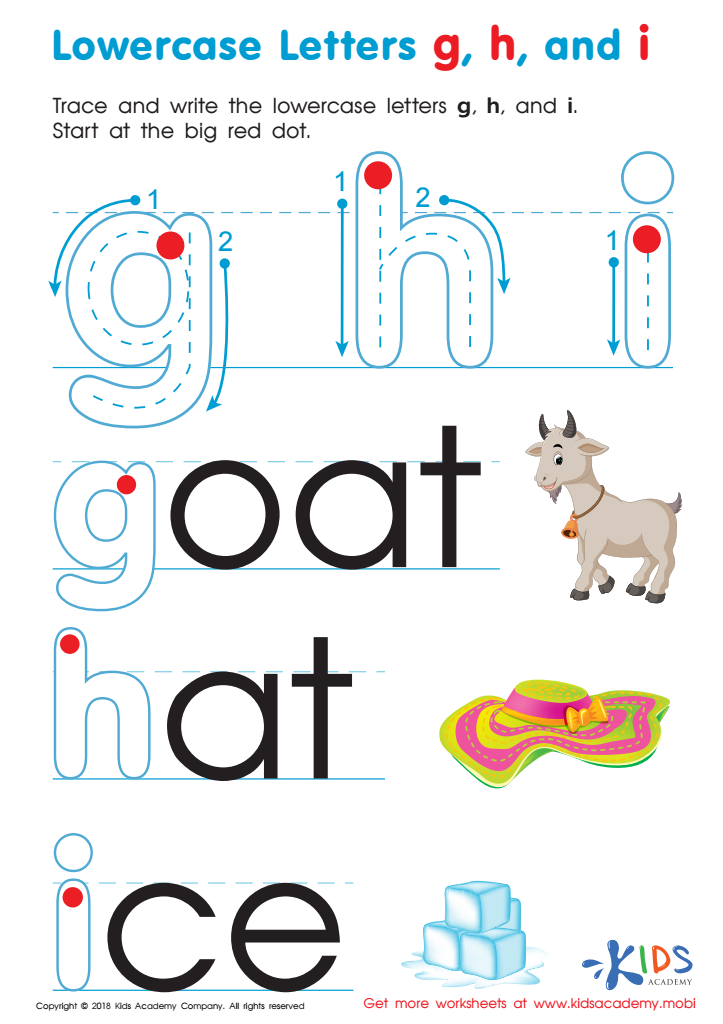

Lowercase Letters g h i Worksheet
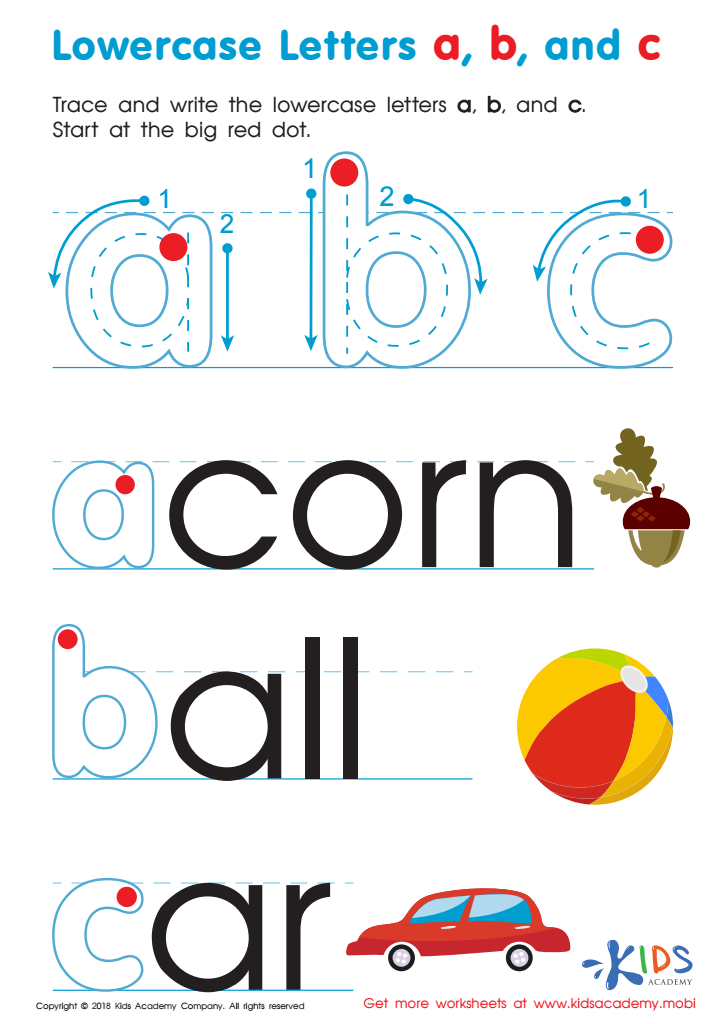

Lowercase Letters a b c Worksheet
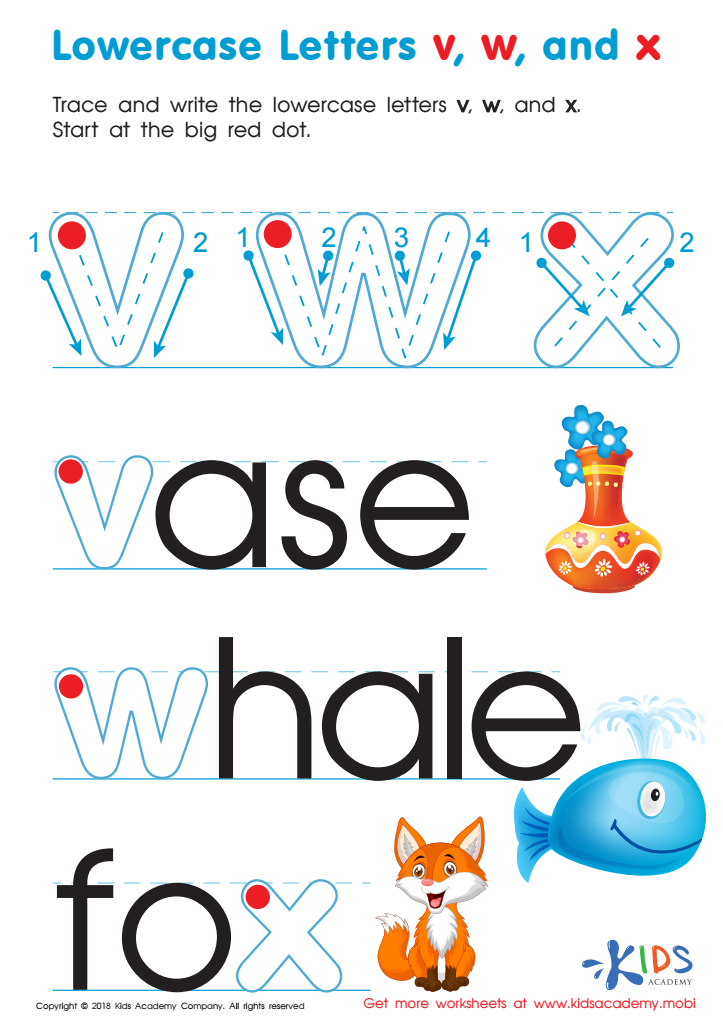

Lowercase Letters v w x Worksheet
Alphabet recognition, particularly of lowercase letters, is crucial for children aged 4-9 as it forms the foundation for reading and writing skills. Understanding and recognizing lowercase letters enables children to decode text effectively, which is vital for academic success. Most written materials, including books and classroom texts, predominantly utilize lowercase letters, making this skill essential for their learning experience.
Moreover, recognizing lowercase letters allows children to begin forming words and sentences independently. This reinforcement of literacy skills fosters their confidence as learners and encourages early writing practice, which is crucial for language development. Encouraging recognition of lowercase letters also aids in phonemic awareness, helping children connect sounds to symbols effectively.
For parents and teachers, promoting lowercase letter recognition is an opportunity to engage children in fun, interactive activities that cultivate a love for reading. It fosters a more profound understanding of language mechanics, setting the stage for more advanced literacy skills in the future. Ultimately, investing time in this fundamental skill benefits children's overall educational journey, empowering them to become proficient readers and confident communicators as they progress through their school years.
 Assign to My Students
Assign to My Students




